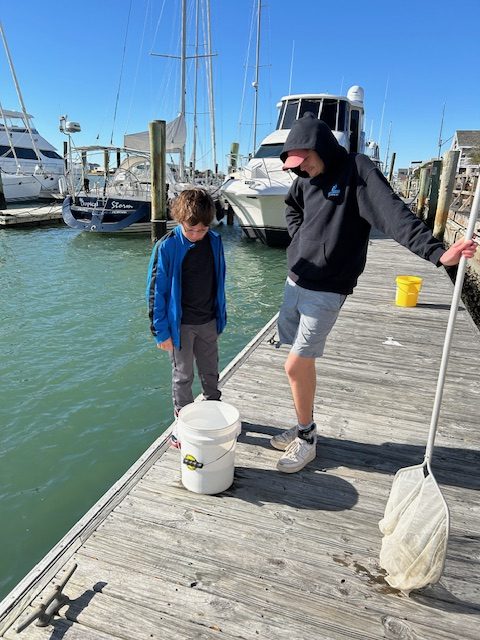
Purple Urchins
As I pointed out earlier this week, Biota NC has taken up production of many of the “cleanup crew” species offered at The Biota Group. As I also mentioned, we are the smallest facility (by a long shot) among the Biota network. Our size, therefore, is often the limiting factor in the number of individuals we can produce of a given species. Tuxedo urchins for example, are one of our best-selling species, but we only have one tank devoted to housing our broodstock, and after we spawn them, we like to give them a recovery period of several months before spawning them again. That helps give them sufficient time to amass the nutrient stores needed for the production of high-quality gametes. So, when one of my favorite aquarists, the one and only Richard Ross, contacted me a few weeks ago to ask if we had any extra-tiny urchins available to help control hair algae in his tanks of newly-settled, captive-spawned corals, I had to tell him that, sadly, we were between spawns and it would be months before we had another batch of larvae. It was unfortunate, but it got me thinking about how when you’re doing pioneering work like spawning corals in your home, there is an intrinsic challenge: You often encounter the need to invent solutions for problems that never existed before. In this case, the problem was that standard consumers of hair algae, like urchins and Turbo snails, might accidentally eat or otherwise damage tiny coral colonies consisting of only a couple of polyps as they recklessly plow through their favorite algae. I really wanted to help, mostly because of the image I now had in my head of an army of baby urchins working to save the lives of baby corals. Talk about cuteness overload! We discussed pushing the limits of our tuxedos’ rest period but decided against it. Then something occurred to me. In a nearby town, there’s a waterfront bulkhead that is often covered in Arbacia punctulata (purple urchins). I suggested to Ben, our senior aquaculturist, that we head down there for lunch, scoop up some urchins, and spawn them in the lab. My son, Finn came along to document the excursion. Check out his Video!

Finn and Ben inspecting the haul on the Beaufort docks
An hour later we were headed back to the lab at Carteret Community College with a bucketful of urchins. Ben quickly got all the spawning supplies together and went to work. He set up a series of small containers in warm water baths and placed one urchin in each bucket. As they began to release gametes, we rinsed eggs and sperm into a larger bucket where Ben gently stirred them with a homemade device that resembles a butter churn. Over the next hour, we sampled the gametes periodically to check for fertilization. Our plan was coming together nicely, and so were the eggs and sperm. We placed them into a large tub of clean water and let them develop for a couple of days before offering them a healthy blend of phytoplankton.

A female urchin releasing eggs
A month later, we started to see tiny urchins all over the walls of the tank. This was exactly the point at which we intended to ship them off to Rich, but there was a problem. It didn’t seem possible to get them off the walls and into a plastic bag, then out of the bag and into Rich’s tanks without killing them. At this time in their lives, urchins are primarily feeding on the biofilm of algae and other microbes coating the benthic environment, so we normally wait a few weeks before offering them any macro algae. But we decided to drop a few sheets of sea lettuce (Ulva lactuca) into the tank anyway. We reasoned that some of the urchins might crawl onto the sea lettuce and start eating the biofilm on its slimy surface. And that’s exactly what they did. The next day, we were able to take out a sheet of urchin-infested seaweed, bag it up, and send it off to Rich without injuring any of the babies. That was two weeks ago. It may be early in the game to say for sure how Arbacia punctulata will perform, but so far, the report from Richard’s secret home lab is that these urchins are doing their jobs and being very gentle with their tiny cnidarian tank mates. Check out this incredibly cute Video!

A newly settled purple urchin











You should definitely check out Finn_2042 on YouTube👍